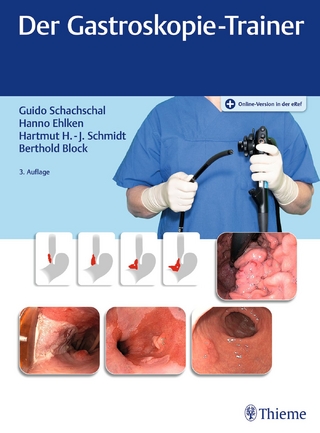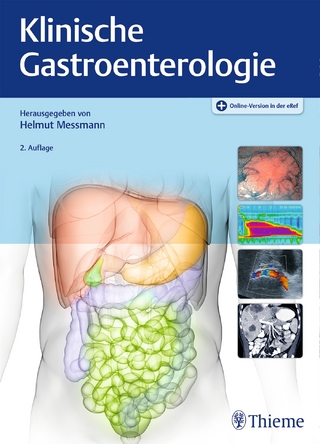
Molecular Components of Hepatitis B Virus
Springer-Verlag New York Inc.
978-1-4612-9615-7 (ISBN)
Hepatitis B Surface Antigen (HBsAg).- Nature of the “a” determinant.- Antigenic and immunogenic properties of HBsAg associated components.- Host components in HBsAg particles.- Possible vaccines lacking host components.- HBsAg associated carbohydrate.- HBsAg and the receptor for polymerized albumin.- Dane Particle “Specific” Antigenic Determinants.- Anti-HBs Monoclonal Antibodies.- Dane Particles and Hepatitis B Core Antigen (HBcAg).- Anti-HBc.- Hepatitis B e Antigen.- HBeAg and infectivity.- Chemical characterization.- HBeAg activity in Dane and core particles.- The Protein Kinase Activity in HBcAg and the Proposed Nucleic Acid Binding Properties of Core Polypeptide.- The DNA Polymerase Activity of HBV.- Characterization and relation to other polymerases.- Chemotherapy.- HBV Genome Structure and Expression.- General physical characteristics.- Restriction endonuclease analysis.- Genome isomers.- HBV in Hepatocellular Carcinoma and the Chronic Carrier State.- HBV DNA in human hepatoma cell lines.- HBV DNA in tumorous and nontumorous tissues.- Karyotyping of human hepatoma cells.- Nucleic Acid Sequencing of Dane Particle DNA and Expression of HBV Genes.- Nature of open reading frames.- Surface antigen gene structure and expression.- Core antigen and e antigen gene structure and expression.- The proposed polymerase gene of HBV DNA.- Open region X in HBV DNA.- The 5? Terminal Protein and Possible Origin of Genome Replication Associated with Hepatitis Viruses.- Replication Scheme for Hepatitis B and Related Viruses.- Conclusions.- References.
| Reihe/Serie | Developments in Molecular Virology ; 6 |
|---|---|
| Zusatzinfo | XII, 274 p. |
| Verlagsort | New York, NY |
| Sprache | englisch |
| Maße | 155 x 235 mm |
| Themenwelt | Sachbuch/Ratgeber ► Natur / Technik ► Garten |
| Medizinische Fachgebiete ► Innere Medizin ► Gastroenterologie | |
| Medizin / Pharmazie ► Medizinische Fachgebiete ► Mikrobiologie / Infektologie / Reisemedizin | |
| Studium ► Querschnittsbereiche ► Infektiologie / Immunologie | |
| Naturwissenschaften ► Biologie ► Mikrobiologie / Immunologie | |
| ISBN-10 | 1-4612-9615-3 / 1461296153 |
| ISBN-13 | 978-1-4612-9615-7 / 9781461296157 |
| Zustand | Neuware |
| Haben Sie eine Frage zum Produkt? |
aus dem Bereich


